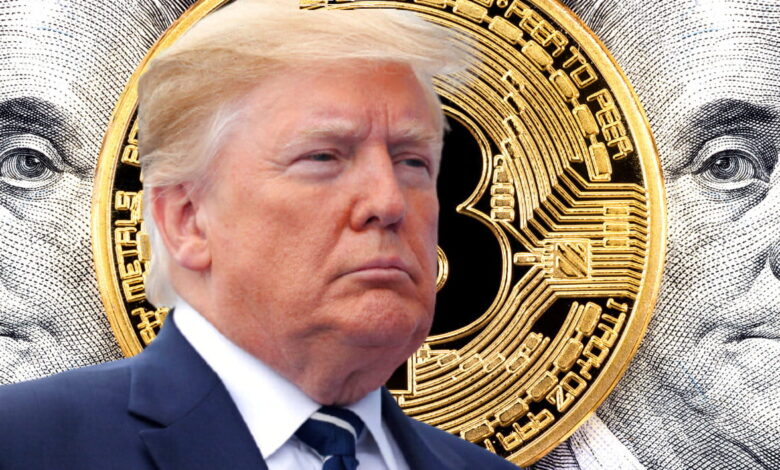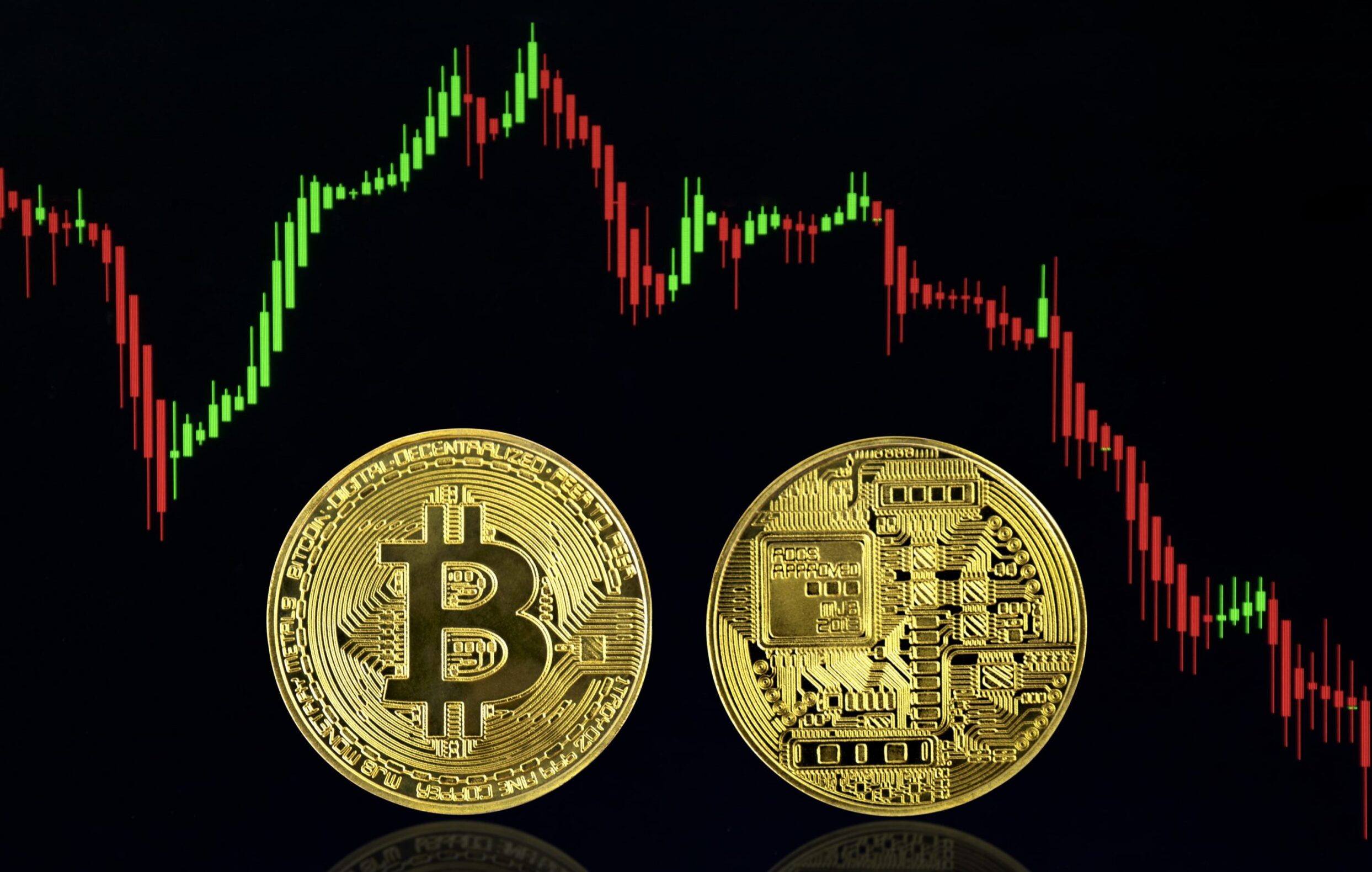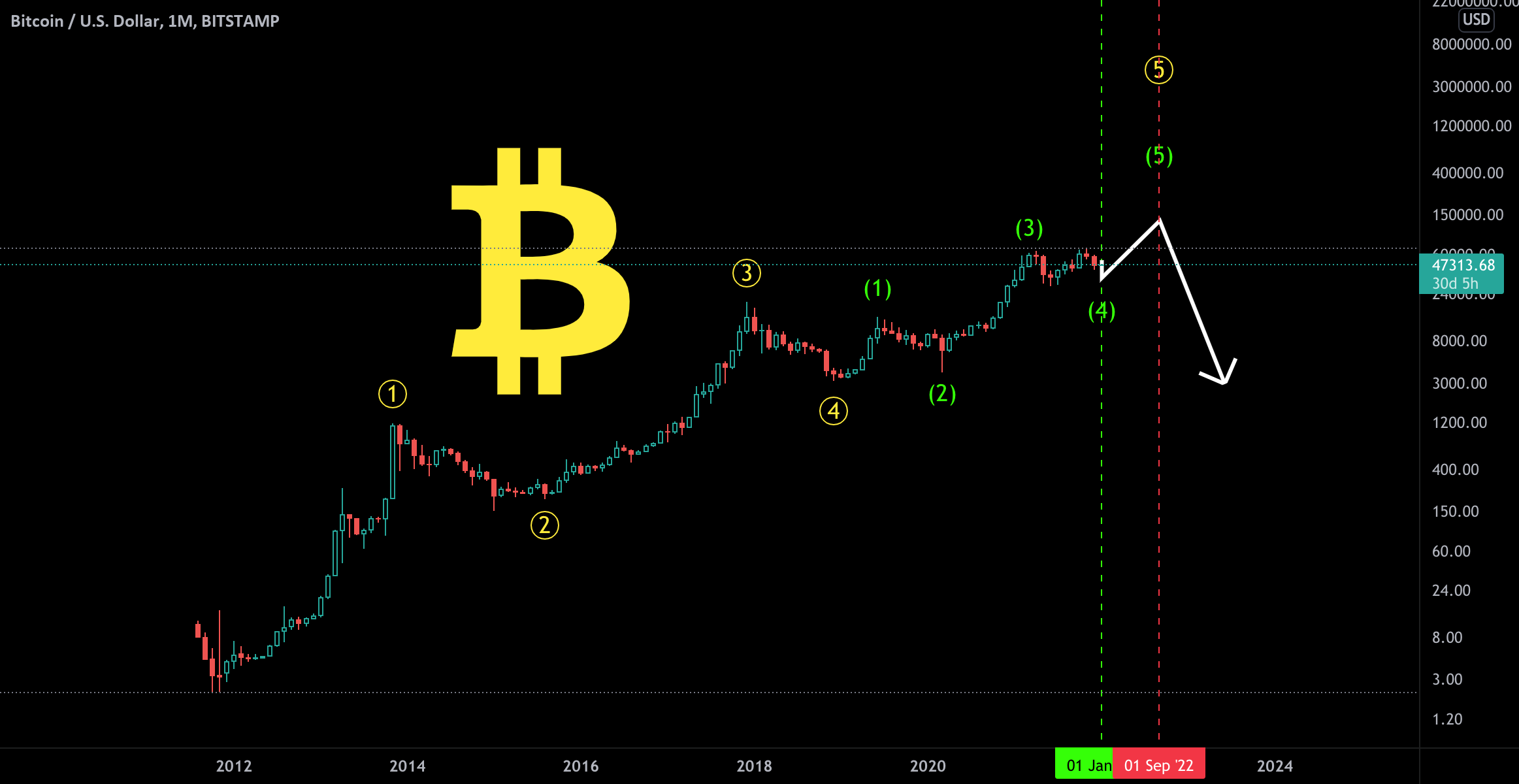
Bitcoin and Cryptocurrency Volatility Amid Trump’s Tariff
Bitcoin volatility plummeted below $82,000 on April 3, 2025, after global markets reacted to President Donald Trump’s tariff announcement. This surprise action to reduce trade deficits with major economic partners caused a massive sell-off in traditional and digital financial markets. Bitcoin, Ethereum, XRP, and crypto-related company stocks fell, raising fears about the new tariff plans’ economic impact.
Cryptocurrency Market Faces Volatility
Initially, on a somewhat strong increasing trend in the first quarter of 2025, Bitcoin Price volatility dropped by around 2.3%. Initially trading well above $85,000, the bitcoin fell below $82,000 before marginally stabilising. As global political and economic events start influencing investor mood, this decline fits a more significant trend of increased volatility Bitcoin has seen in recent weeks.

Not exempt from the wider fall, Ethereum, the second-largest cryptocurrency by market capitalisation, suffered. While XRP, the third-largest cryptocurrency, saw an even sharper dip, declining 3.6% to $2.04, Ethereum dropped 2.9%, sliding to $1,812. These drops illustrate the fragility of cryptocurrencies toward changes in the economic situation. Many investors see digital currencies as high-risk assets, and the tariffs imposed caused a sell-off as they would possibly slow down world trade and raise expenses.
Tariffs Impact Cryptocurrencies
The impact of President Trump’s tariff plans extended beyond digital currencies themselves and reverberated through the stock market, especially among companies that are heavily involved in cryptocurrencies. One of the most significant casualties was Coinbase Global Inc. (COIN), the largest U.S.-based cryptocurrency exchange. Coinbase’s stock sharply declined, falling nearly 7% to close at $170.76. Similarly, shares of Marathon Digital Holdings, a Bitcoin mining company, plunged by 9.6%, ending the day at $11.23. Riot Platforms Inc., another major player in the Bitcoin mining sector, also suffered losses, with its stock dropping by 9.2%, closing at $7.30.
These declines in crypto-related stocks underscore the growing correlation between the digital asset market and the broader financial markets. Investors who once viewed cryptocurrencies as an alternative investment class now acknowledge crypto’s interconnectedness with traditional assets. The introduction of tariffs has intensified investor fears regarding global trade tensions, affecting risk sentiment across various asset classes, including those tied to digital currencies.
Tariffs Trade Volatility
The announcement of new duties coincided with growing concerns about a trade war between the US and its biggest trading partners, China and the EU. Tariffs on a wide range of products are supposed to balance trade, but they could slow world trade, raise firm costs, and stop economic growth. These risks have made investors wary of volatile assets like sector stocks and cryptocurrencies.
The more significant market tendency, the “risk-off” climate, shows investors seeking safer assets during economic instability. The tariff announcement prompted a market shift to gold and government bonds, which are safer. Initially designed to challenge existing financial systems, Bitcoin appears to be as vulnerable to macroeconomic shocks as other speculative initiatives.
Outlook for Bitcoin
The direction of the Bitcoin Market and other cryptocurrencies is still unknown. The changing character of world trade ties and the degree of influence the new tariffs have on economic growth will determine the short-term situation. Further volatility in the bitcoin market is anticipated if tensions keep rising, particularly as the more significant market reevaluates the influence of geopolitical events on economic stability.

Meanwhile, some experts think that as market volatility reduces, cryptocurrencies could once again become appealing as a store of value. Right now, the market for cryptocurrencies is tightly linked to world economic events; hence, the reaction to President Trump’s tariff decision shows that cryptocurrencies are not exempt from the larger economic scene. Bitcoin and its allies might see more swings in price and market mood as trade tensions remain high and the world economy adapts to changing policy.
Final thoughts
This paper emphasises how dynamically linked current financial markets are. Initially considered a counterpoint to conventional financial institutions. It is more vulnerable to the same macroeconomic factors influencing world trade and investor mood. Rising world tensions and changing trade policies will probably cause ongoing cryptocurrency volatility. Still, many analysts and investors find great fascination in the underlying long-term potential of digital assets once market stability returns.
The main lesson is that even if cryptocurrencies present great possibilities. Their price and viability are intrinsically connected to more general economic events. Something investors should bear in mind while negotiating the crypto market.






